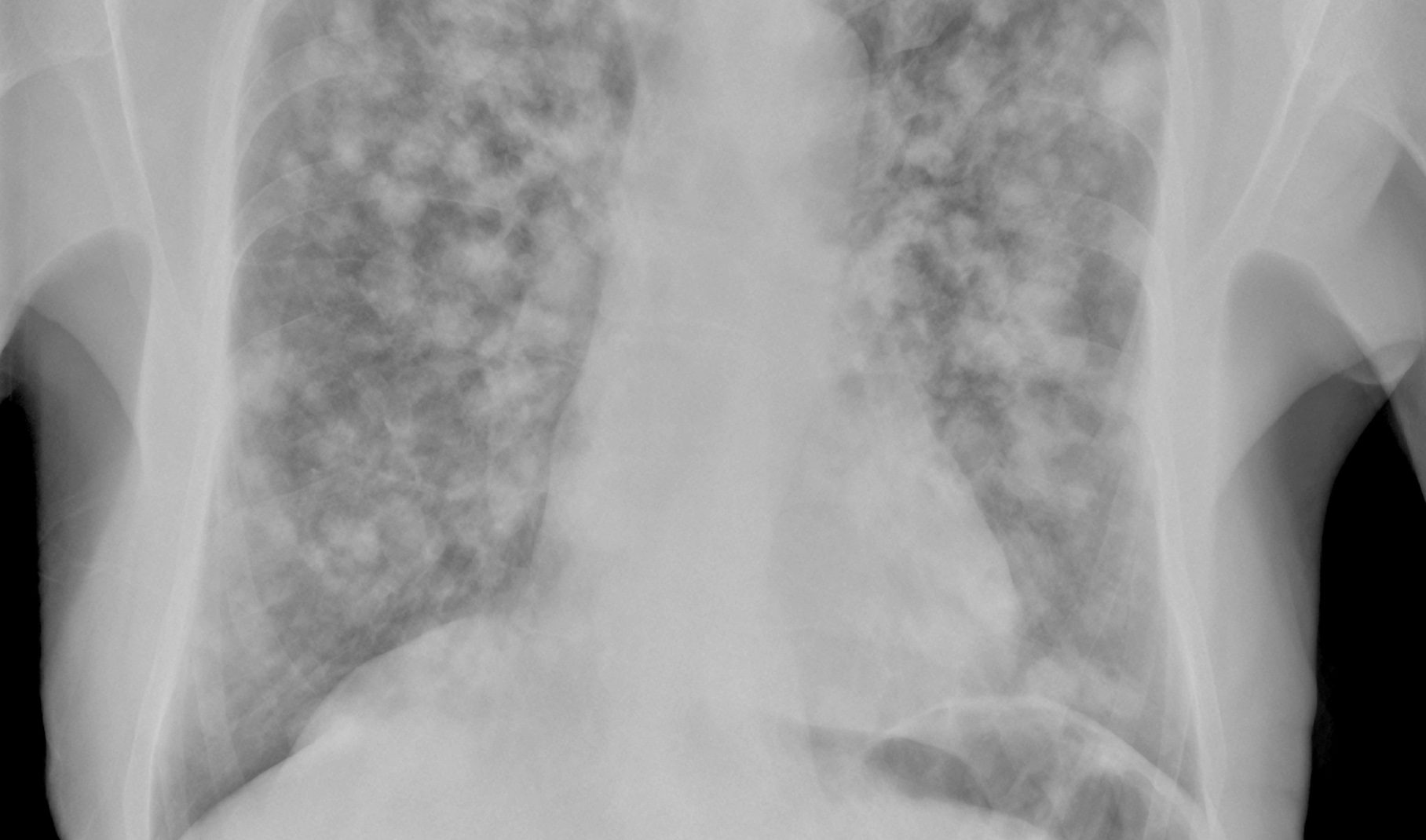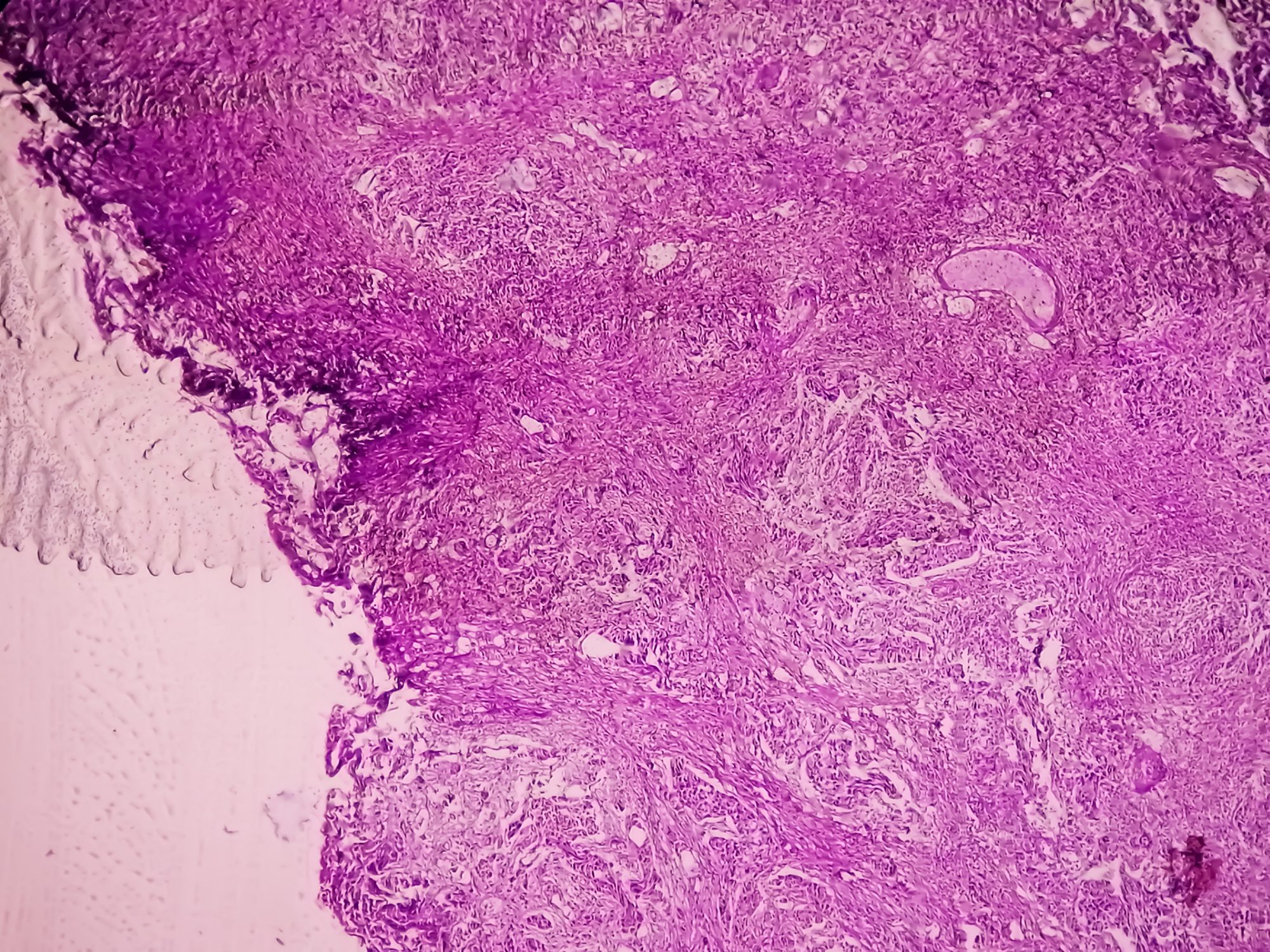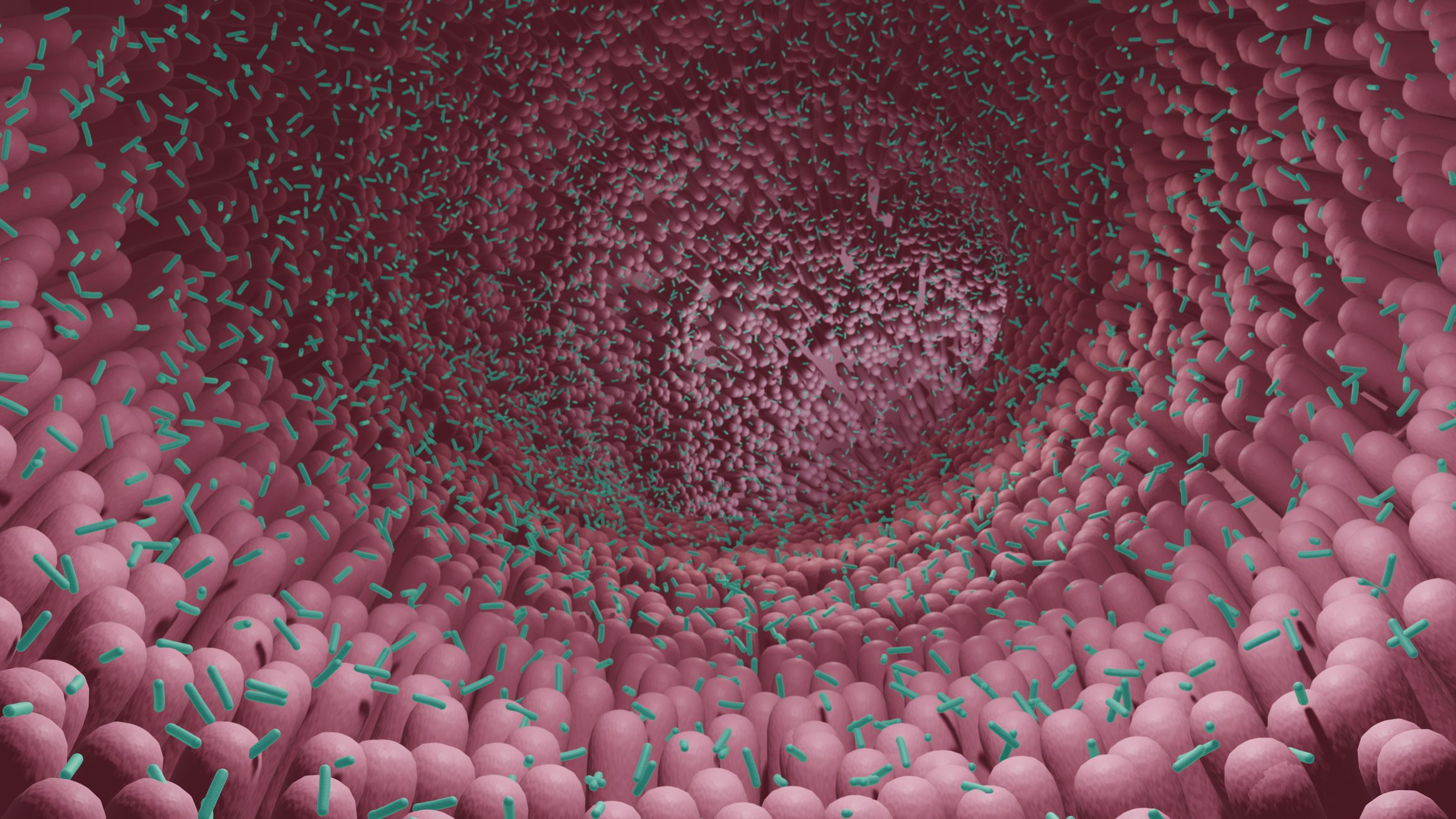The Society of Gynecologic Oncology ‘s annual meeting on women’s cancer is an important medical event for ovarian and endometrial diseases. The clinical presentations at SGO provide practice-changing updates and complement the coverage at ASCO and ESMO. The conference is aimed at a wide range of specialists, including gynecologists, oncologists, pathologists, radiotherapists and surgeons.
Circulating tumor DNA (ctDNA) can help clinicians decide whether to continue or discontinue PARP inhibitor maintenance therapy in patients with recurrent epithelial ovarian cancer (EOC). This emerged from a presentation by Dr. Dahye Lee [1]. The results of a prospective observational study in 27 patients with recurrent epithelial ovarian cancer showed that ctDNA is a potential biomarker for monitoring minimal residual disease (MRD). The positive predictive value for recurrence with MRD by ctDNA was 100% and the negative predictive value was 96.7%. In addition, ctDNA was detected in five patients with clinical recurrence, with four patients having BRCA wild-type disease and one patient having a BRCA2 mutation. The patient with BRCA2-mutated disease received second-line treatment with niraparib, had a lymph node recurrence in the retrocaval region, was MRD-positive and NM_000546.5(TP53):c.217_224del was the marker. Two patients had received olaparib as second-line therapy. One had a pelvic and extrapelvic recurrence in the left pelvic and paracolic area without MRD positivity and with a marker of NM_000546.5(TP53):c.993 +1G>A; the second patient had a lymph node recurrence in the supraclavicular, internal mammary and cardiophrenic area with MRD positivity and a marker of NM_000546.5(TP53):c.524G>A. They received olaparib or niraparib as third-line therapy and showed MRD positivity with recurrence in the lymph nodes. In the patient who received niraparib, the metastasis was in the cardiophrenic area and the markers were NM_000546.5(TP53):c.659A>G and NM_000546.5(TP53):c.721T>G – New evolve. In the patient who received olaparib, the metastatic site was external and iliac and in the groin, and the marker was NM_000546(TP53):c.773A>C.
New therapy standard for advanced endometrial cancer
Treatment with dostarlimab in combination with carboplatin/paclitaxel led to a statistically significant improvement in overall survival (OS) in patients with primary advanced or recurrent endometrial cancer compared to placebo plus chemotherapy – regardless of microsatellite instability (MSI) status. This is the result of a second interim analysis of the first part of the Phase III ENGOT-EN6-NSGO/GOG-3031/RUBY trial (NCT03981796) [2]. The results showed that the median survival with dostarlimab and placebo/chemotherapy was 44.6 months and 28.2 months, respectively, with a 51.2% time to maturity and a median follow-up of 37.2 months. These data exceeded the predefined OS cut-off and were considered statistically significant and clinically relevant. The 2- and 3-year OS rates for the dostarlimab group were 70.1% and 54.9%, respectively; in the placebo group, these rates were 54.3% and 42.9%, respectively. At a median follow-up of 36.6 months in patients with mismatch-repair-deficient (dMMR)/ MSI-high (MSI-H) tumors, the maturity rate was 39.8%. Here, median OS was not reached (NE) with dostarlimab compared to 31.4 months with placebo, representing a significant and unprecedented OS benefit, the study’s lead author, Matthew A. Powell, MD, said in an oral presentation at the meeting. The 2- and 3-year OS rates were 82.8% and 78.0%, respectively, with dostarlimab and 57.5% and 46.0%, respectively, with placebo. In the subgroup with competent mismatch repair (pMMR)/microsatellite stability (MSS), the median OS in the Dostarlimab group was 34.0 months and 27.0 months with placebo, with a median follow-up time of 37.5 months. “These data confirm that dostarlimab plus carboplatin/paclitaxel is a new standard of care for patients with primary advanced or recurrent endometrial cancer, regardless of their mismatch repair status,” said the expert. The current standard treatment for patients with primary advanced or recurrent endometrial cancer is chemotherapy, but this is associated with a median survival of less than three years.
High response rate in ovarian cancer
Treatment with avutometinib and defactinib resulted in high response rates in heavily pretreated patients with recurrent low-grade serous ovarian cancer (LGSOC), regardless of the number of prior lines of therapy received. This is the result of a subgroup analysis of part A of the phase II ENGOT-ov60/GOG-3052/RAMP 201 study (NCT04625270) [3]. In the study, 45% of patients achieved a confirmed overall response rate (ORR). In patients with KRAS mutations, the ORR was 60%, compared with 29% in patients with KRAS wild-type disease. In addition, tumor regression was observed in 86% of patients treated with avutometinib plus defactinib. It is particularly noteworthy that three out of four patients who had previously received MEK inhibitors showed confirmed reactions. Of the 13 patients with stable disease (SD), 10 achieved tumor shrinkage, with six showing a reduction in tumor size of at least 15%. The median time since the last line of treatment was 1.84 months.
LGSOC is a rare cancer that is usually due to alterations in the RAS/MAPK signaling pathway and accounts for less than 10% of new cases of epithelial ovarian cancer. Previous treatments for this disease have achieved objective response rates as low as 26%. Avutometinib is a drug that targets the activity of MEK kinase and also prevents the compensatory reactivation of MEK by the upstream RAF. Defactinib is an inhibitor of FAK, a signaling pathway known to promote resistance to several anti-cancer drugs.
Fast response with PECom
Patients with perivascular epithelioid sarcoma (PECom) of gynecologic or peritoneal origin showed a rapid and durable response to treatment with Nab-Sirolimus. This was the result of a subgroup analysis of the Phase II AMPECT study (NCT02494570) [4]. A total of 16 female patients were examined in this analysis. The average age was 61.5 years. Nine patients (56%) were white and three were black. From the total population of 31 patients, seven diseases originated from the uterus, one from the ovary, five from the retroperitoneum, three from the pelvis and 15 from another area. Patients were treated with 100 mg/m2 intravenous nab-sirolimus on days 1 and 8 of a 21-day cycle until disease progression or unacceptable toxicity was observed. An overall response rate (ORR) of 37.5% was observed in 16 patients with malignant PECom in the uterus, ovaries, pelvis and retroperitoneal space – regardless of TSC1/TSC2 mutation status. All reactions were also confirmed partial responses (PRs). In addition, the disease control rate (DCR) in the subgroup was 62.5%, and in 25% of patients the disease was stable for at least 12 weeks. The subgroup comprised more than half of the analyzable study population, and the ORR from this analysis was similar to that observed in the analysis of the overall population. In addition, the DCR in the overall population was 71%. In all patients with malignant PECom, the median duration of response (DOR) was 39.7 months and the median overall survival (OS) was 53.1 months.
Cervical cancer at a glance
In locally advanced cervical cancer, the combination of neoadjuvant tislelizumab plus chemotherapy proved to be safe with encouraging antitumor activity. This was based on a pathologic complete response (pCR) in 60.9% and an optimal pathologic response (OPR) in 73.9% of patients. This is based on the results of a single-arm Phase II study (NATIC; ChiCTR2200065392) [5]. A total of 26 patients were recruited for the study and 23 patients completed neoadjuvant therapy. The researchers reported an objective response rate (ORR) of 87.0%, which consisted of a complete response rate of 56.5%, a partial response rate of 30.5% and stable disease at 13.0%.
The patients received 200 mg tislelizumab plus chemotherapy (paclitaxel 175 mg/m2 plus cisplatin 60 mg/m2 or carboplatin AUC 5) once every three weeks for three cycles, followed by radical surgery. If the disease progressed, the patients received concurrent chemoradiotherapy and withdrew from the study. The primary endpoint was pCR, secondary endpoints were ORR and adverse events.
Congress: Society of Gynecologic Oncology (SGO)
Literature:
- Lee D, et al.: Monitoring minimal residual disease in ovarian cancer patients undergoing long-term treatment with PARP inhibitors using circulating tumor DNA. Society of Gynecologic Oncology Annual Meeting on Women’s Cancer; March 16–18; San Diego, CA.
- Powell MA, et al.: Overall survival among patients with primary advanced or recurrent endometrial cancer treated with dostarlimab plus chemotherapy in the ENGOT-EN6-NSGO/GOG-3031/RUBY Trial. Society of Gynecologic Oncology Annual Meeting on Women’s Cancer; March 16–18, 2024; San Diego, CA
- Banerjee SN, et al.: Avutometinib + defactinib in recurrent low-grade serous ovarian cancer (LGSOC): a subgroup analysis of ENGOT-ov60/GOG-3052/RAMP 201 part A. SGO Annual Meeting on Women’s Cancer; March 16–18, 2024; San Diego, CA.
- Herzog T, et al. Response to treatment with nab-sirolimus in patients with perivascular epithelioid cell sarcoma (PEComa) of gynecologic or peritoneal origin: subgroup analysis from AMPECT. Society of Gynecologic Oncology Annual Meeting on Women’s Cancer, March 16–18, 2024. San Diego, CA.
- Liu W, et al.: Neoadjuvant tislelizumab plus chemotherapy in patients with locally advanced cervical cancer: A prospective, single-arm, phase II trial. Society of Gynecologic Oncology Annual Meeting on Women’s Cancer, March 16–18, 2024. San Diego, CA.
InFo ONKOLOGIE & HÄMATOLOGIE 2024; 12(2): 20-21 (published on 17.5.24, ahead of print)













